


CallisonRTKL has harnessed the power of more than five decades leading the way on design trends to shape our predictions of where the shopping mall and the retail experience are heading for the next 20 years and beyond. Originally based on a commission from Ivanhoé Cambridge, our designers, architects and planners from all over the globe have combined efforts and expertise to create this forecast. As we outline our top predictions, we look at where we’ve been, where we are now and where we’re going, pinpointing the cutting-edge trends that will take off in the coming years to give the ever-changing consumer an extraordinary retail experience.


Starting as far back as the 1950s and into the 1980s and 90s, the traditional American mall was the hub of activity and social life for many people, but today, the mall has to compete with other channels, venues and activities to attract a new kind of consumer. A consumer who has more options than ever before but is also less interested in spending hard-earned cash on accumulating more “stuff.” Today’s consumer is after the experience and buying things that serve a purpose and make the world a better place, while also having the ability to compare options at the touch of a button.

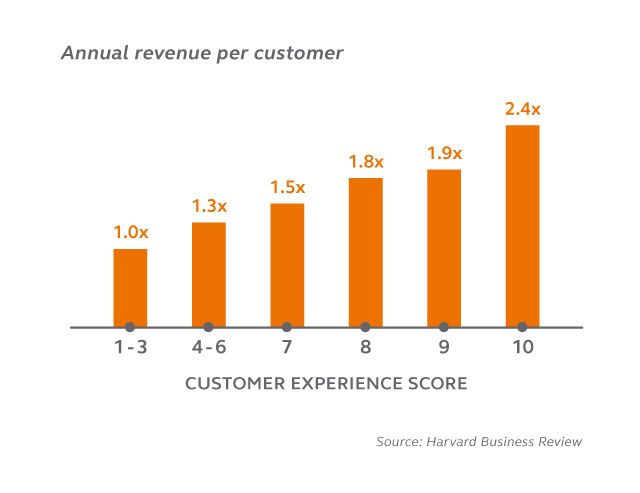
Let’s start with a few facts. There are about 1,200 malls in the United States and one-third of them are dead or dying. The best ones, the ones that people return to again and again, are the ones that offer something more than a typical shopping experience. And the numbers bear that out for developers and retailers — customers who have the best past experiences at a retailer spend 140% more than people who had the worst experiences. [Source: Medallia Analysis]
These great shopping experiences don’t happen by chance. They are carefully crafted based on consumer trends and changes in how many Americans live their lives. We are seeing tremendous shifts in cultural, socioeconomic and life-stage demographics across the United States. These shifts will continue to have innumerable effects, but a few already stand out. The current generation of American youth is the most diverse in history, giving everyone the opportunity to be exposed to new ideas, new cuisines and new ways of doing things. People are not just getting used to trying new things all the time; they seek it out. This translates to retail and shopping centers through flexible spaces that host changing brands, food options and activities that add something more than the national chains found in every city.
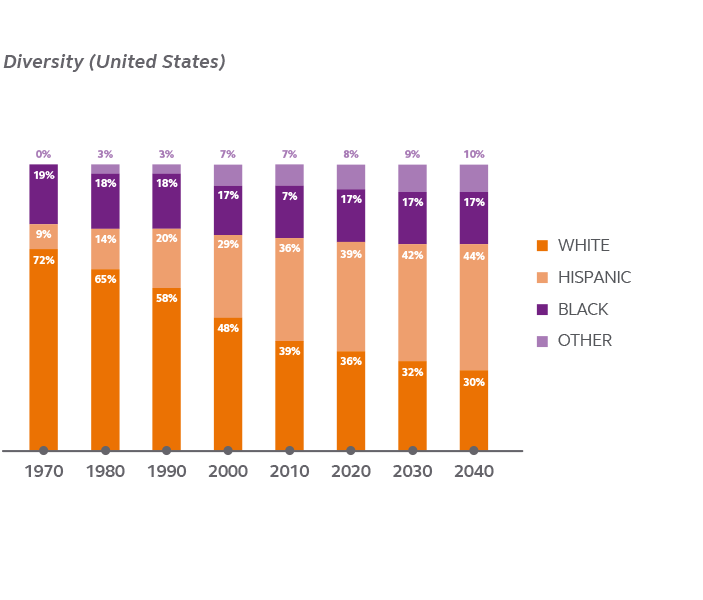
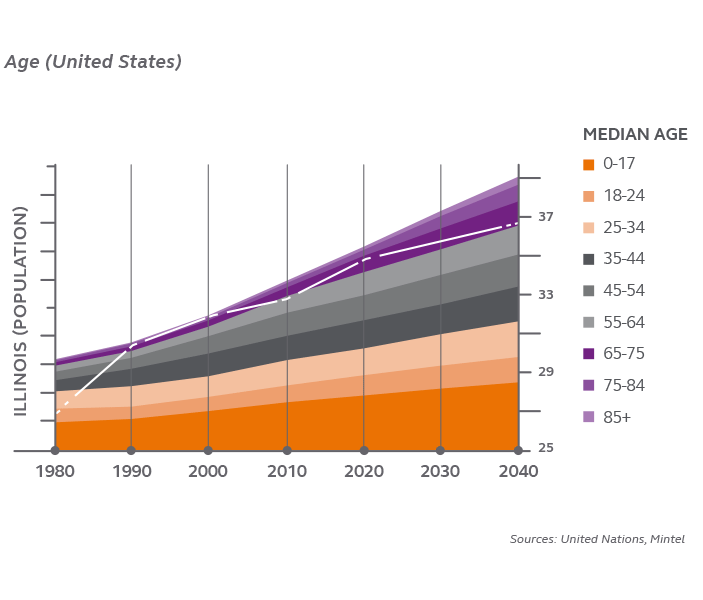
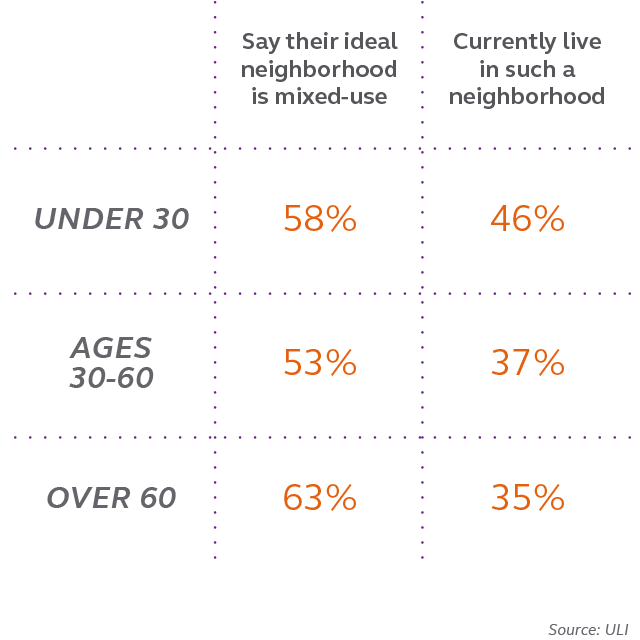
The way people get around is changing too. The United States has been slow to adopt public transit and infrastructure compared to other parts of the world, but many cities and a huge swath of people of all ages are coming around to the idea. Last year, the United States saw the highest public transit ridership since President Eisenhower signed the Federal Highway Act in 1956, and this is not a Millennial versus Gen X versus Baby Boomer trend—people of all ages now say that their ideal neighborhood is a mixed-use neighborhood.
That also ties into a cross-demographic desire for walkability, with a majority of people saying they prefer walkable neighborhoods and nine out of ten saying they want to live within a short walking distance of activities in their communities, including shopping. For the future retail experience, that means the mall is not just a mall, but an entire community center with access to transit, offices and co-working facilities, apartments and townhouses, museums, childcare and outdoor spaces. What was once a mall is becoming a micro city, or a “city within a city” depending on the surroundings, and it is changing the face of American retail.

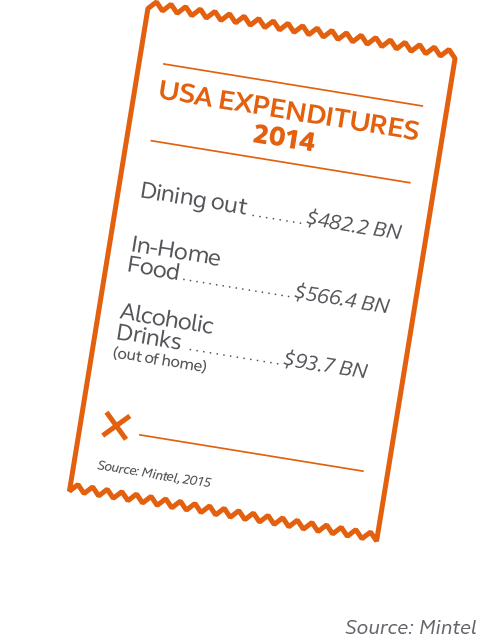
Finally, we've been hearing for at least a decade that online shopping is going to kill brick-and-mortar shopping centers. The fact remains that our country still has a very healthy retail outlook, both online and in person. Overall, retail sales grew almost 2% last year and online sales grew about 15% [Source: U.S. Census Bureau]. Online sales are predicted to be about 11% of all retail sales by 2018 [Source: Forrester Research]. Notably, food has become a major solution for saving brick-and-mortar retail; consumers can sign up for an online subscription for household goods from batteries to diapers to paper towels, but they still have to leave the house to check out the hottest new restaurant in town or indulge at a local food or wine festival.
For the first time ever, in 2015 Americans started spending more money on dining out than buying groceries. For retailers and developers, the race to getting more customers should be based on offering the kinds of novel, creative and varied dining experiences that make people come back again and again. That goes double for the retail experience as technology advances more quickly every year and customers start to expect an integrated, exciting in-person shopping experience to lure them away from their computers. At the same time, retailers will significantly up their games online with technology that provides online shoppers with the perks of shopping in person, creating even more competition for brick-and-mortar retail.
Let’s start at the beginning. The first American malls started springing up in the 1950s and took over the retail landscape. These malls were suburban, required customers to drive to them and park, and had a standard lineup of mass market chain stores, not to mention the ubiquitous food court with all the usual suspects. The department store was the main shopping attraction and allowed suburbanites to avoid going into the city. Malls had a heyday through the 1990s and have become the symbol of American consumerism that everyone loves to hate and hates to love. Consider this a love letter to the mall of the 1990s—an old friend who has seen better days but can rise again with some futuristic thinking and some elbow grease.

Today’s top performing shopping centers are a mix of ground-up, mixed-use districts, traditional high-streets with a unique appeal, or existing malls owned by developers with the ability to anticipate changing consumer needs and adapt accordingly. Some of the most innovative existing developments have integrated public transit, multi-purpose spaces and a sought-after mix of national brands and local stores.

What we know for sure is that the mall of the future is not a mall. It’s an entirely new retail experience—one that will change throughout the year and even throughout the day to keep people coming back for new, fresh experiences. These advancements will affect developers, consumers, retail brands and designers, from the smallest neighborhood strip mall to the most impressive Class-A regional shopping center. The future of retail is ever-changing and ever-evolving and it’s up to developers, retailers and designers to pinpoint what fads will fade and what trends will cement themselves and flourish into the future.
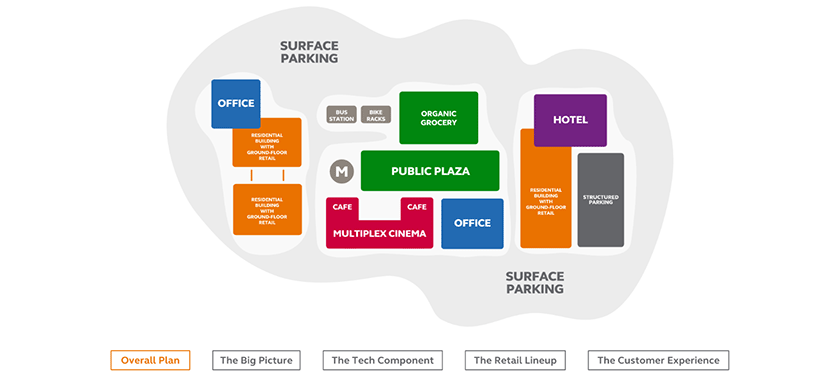




This website is just one part of our research and predictions on the future of retail. For more insight, or to have our team present our complete research report to your organization, contact one of our experts.